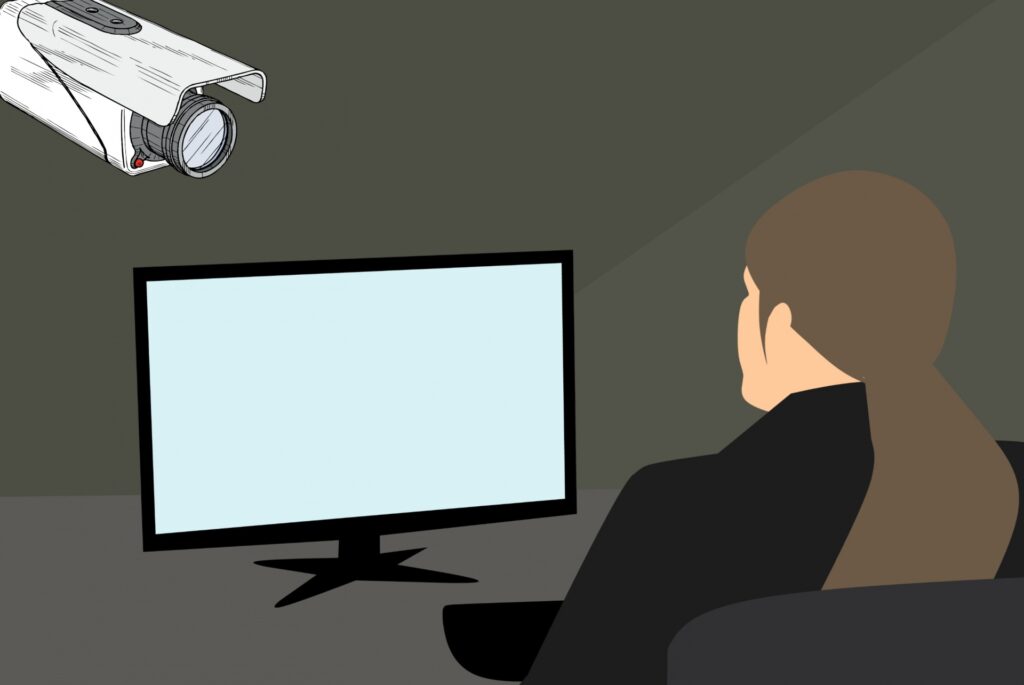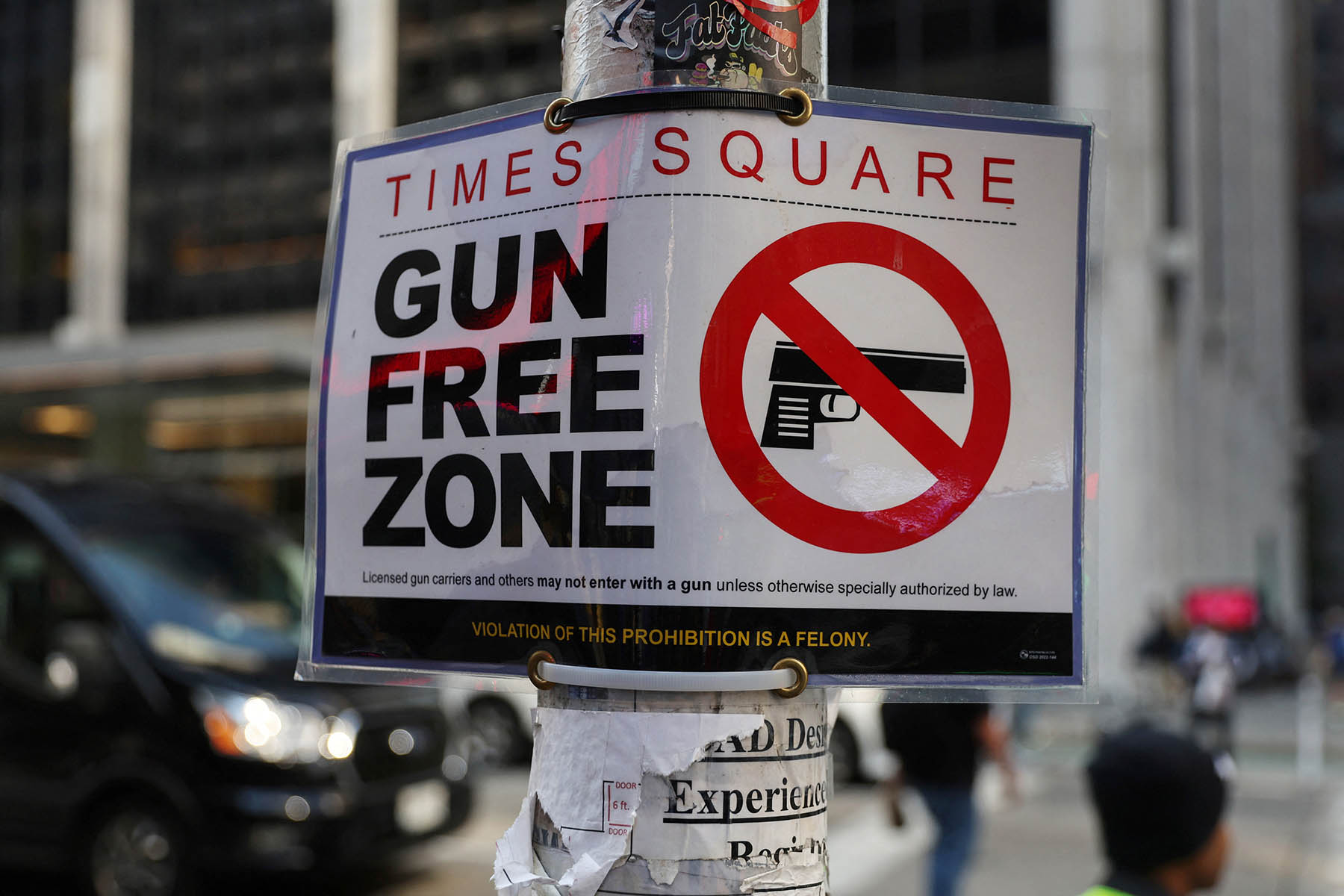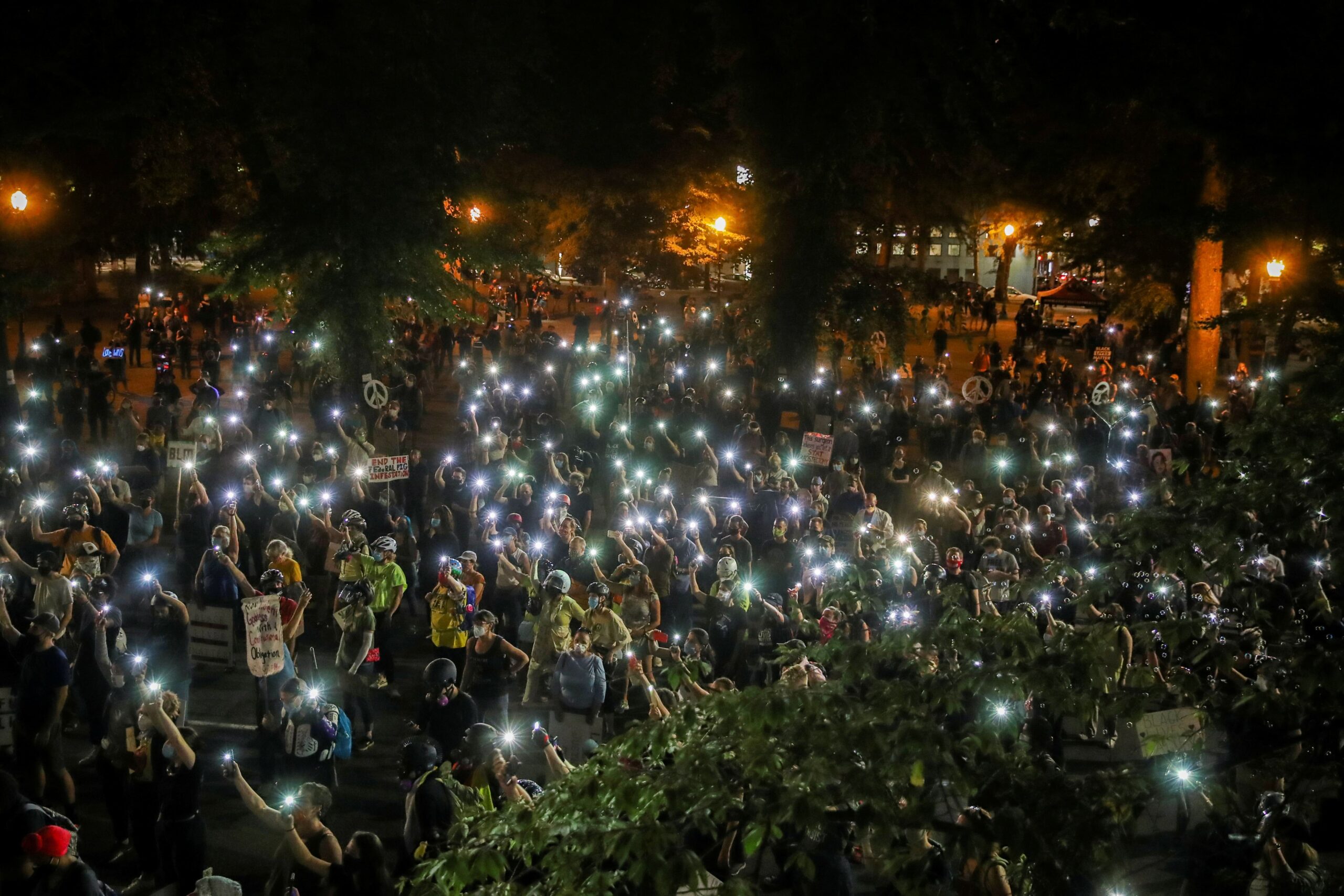On January 11, the New York City Police Department (NYPD) published more than a dozen documents on how and when its officers can use surveillance technologies, including body cameras, facial recognition technology, and cell phone locators.
The agency’s move towards transparency is the result of a three-year-long battle that culminated this summer with the passage of the Public Oversight of Surveillance Technology (POST) Act on June 18, 2020. The bill requires the NYPD to disclose basic information about how it uses surveillance tools, how they work, and under what conditions law enforcement are allowed to use them.
Police departments across the country have been slow to share their policies on surveillance technologies, despite evidence that this sort of transparency may improve their public image.
For example, Timothy Burch, a former officer in the Oakland Police Department in California, said in an interview with Ars Technica in 2017 that sharing this information with the public helped build community trust.
“[B]eing able to be in an organization like the Oakland Police Department where a big part of what we’re doing is trying to build community relationships and trust—it’s important that we realize that that includes sharing this information and working with the Privacy Commission,” Burch said.
In Oakland, the police department is required to get pre-approval from a citizen council before it can use new technologies. New York’s POST Act does not require pre-approval, but it does require that the NYPD give the public 45 days to provide input after the publication of each policy.
Tags




